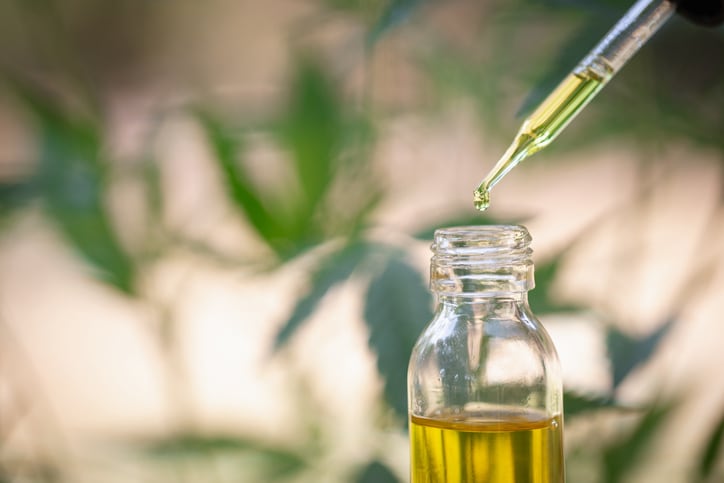The draft interim final rule was issued yesterday and contains a 60-day comment period that will begin once the rule is formally published in the Federal Register. Final implementation of the rule is anticipated for about two years from now.
“The USDA interim final rule contains few surprises and is largely consistent with the program rules adopted by or currently being considered by certain states. Market participants may be disappointed that the rule does not go into effect until two years from the date of publication in the Federal Register,” said attorney Greg Kaufman, co-leader of the cannabis practice at law firm Eversheds Sutherland.
Several key aspects of the new draft rule have jumped out to observers, who caution that the regulation extends to 161 pages, so additional nuances are likely to be seized upon in coming weeks.
Flexibility for ‘hot’ crops
One of those is the flexibility on testing that is built into the rule. While industrial hemp is defined as a 0-.3% THC level or lower as measured by dry weight, the rule does take into account that individual crops may very. So growers whose crops come in slightly ‘hot,’ i.e. with more than 0.3% THC but less than 0.5%, will not be judged to have been willfully negligent. Such producers will have to enter into a monitoring protocol of sorts with state authorities to make sure they are addressing that problem. Continued violations could result in the suspension of their production licenses.
The interim draft rule proposes a date of 15 days prior to harvest for tests to determine those levels. Attorney Jessica Wasserman of the law firm Greenspoon Marder said while the overall rule could be seen as positive for the industry, that particular provision will excite some comment.
“Some companies will view 15 days as too short a period and that will be strongly discussed within the industry,” she said. Wasserman encouraged producers with questions about the draft rule to submit comments to USDA.
“I think they are viewing the upcoming 2020 growing season as a test run,” she said.
DEA involvement with ‘hot’ crops issue
Wasserman said there could be some concerns for the role envisioned for the Drug Enforcement Administration in the rule. While the 2018 Farm Bill specifically delisted the whole cannabis plant from DEA’s schedule one list of controlled substances, it did not address the THC issue.
“Cannabis with a THC level exceeding 0.3 percent is considered marijuana, which remains classified as a schedule I controlled substance regulated by the Drug Enforcement Administration (DEA),” the interim draft rule states. Lots must be tested by DEA-registered laboratories (of which there is an ample supply, Wasserman said), and those that test over the 0.3% level must be destroyed in compliance with DEA regulations.
“While the regulations were positive from a business perspective there could be some concern about the role of DEA,” Wasserman said.
Kaufman said a testing methodology mentioned in the rule could also be a cause for concern.
“There are significant arguments to be made that Total THC is not the correct way to measure Delta-9 THC levels, particularly using the 87.7% conversion methodology,” he said.
“The interim final rule is a significant step in the right direction for the hemp industry but those invested in the industry should use the 60-day comment period to offer improvements to the rule,” he added.




